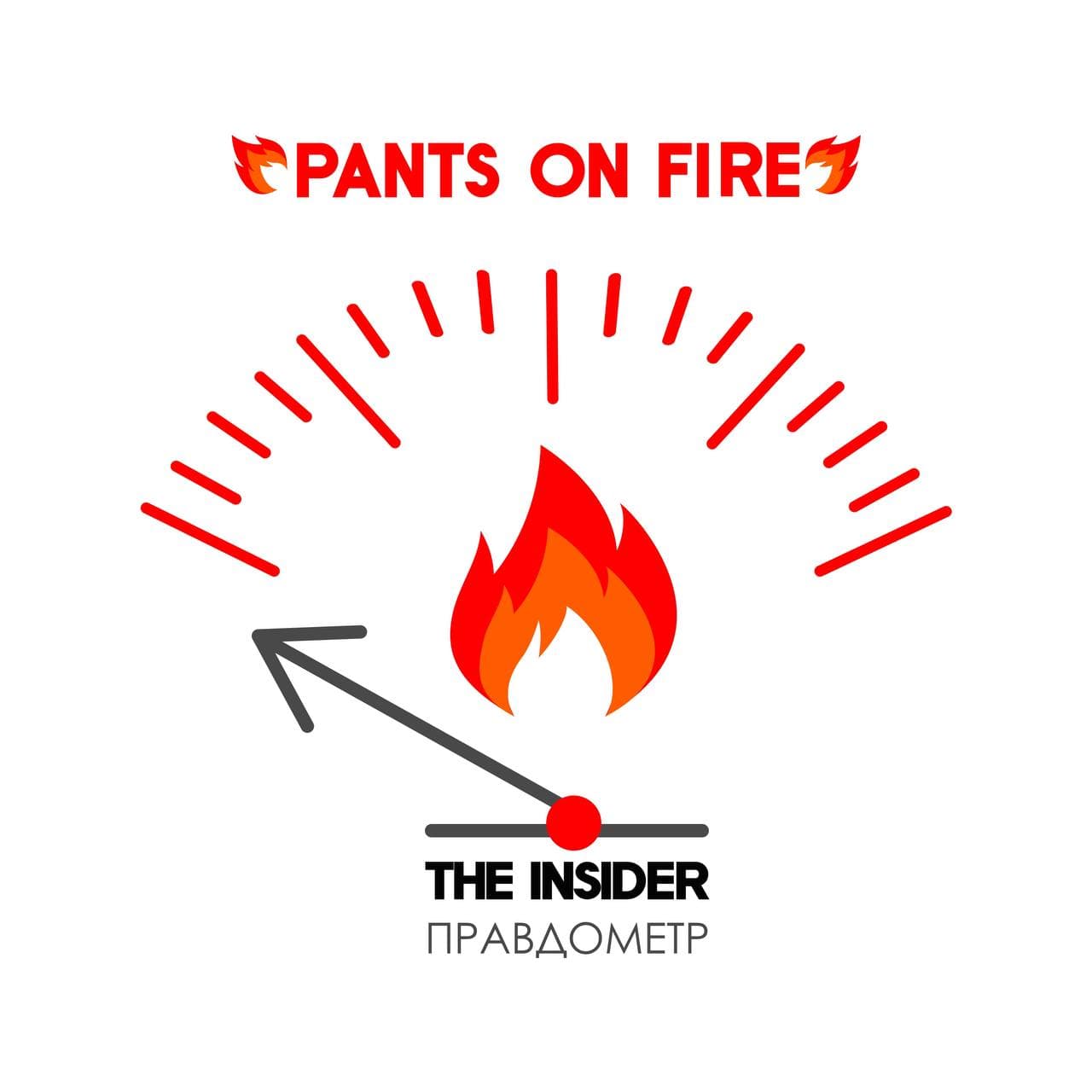Dmitry Kiselev in "Vesti nedeli", talking about the withdrawal of Russian troops from the right bank of the Dnieper, said :
“The decision is also predetermined by the change in the nature of hostilities, when the Nazi regime in Kyiv leads one thousand after another to be slaughtered here, regardless of the victims, throws masses of its soldiers into the meat grinder with a loss ratio of one to seven to eight in our favor. But even such a proportion that has developed in the Kherson direction does not suit us. We need to save perhaps the most combat-ready, already battle-hardened and covered themselves with military glory, paratroopers.”

Kiselev repeats the figures that Vladimir Putin announced on October 27 at a meeting of the Valdai Club:
“This is what happens in reality – they do not regret and fight with Russia to the last Ukrainian. I say this with regret. There losses are one in ten, one in eight. Recently, almost always one to seven, one to eight. People are not sorry at all."
It is impossible to judge the losses of one or another side, focusing only on official data: it is quite natural that during the war the sides exaggerate their successes. Thus, the Ukrainian Ministry of Defense reports that by mid-November, Russia lost about 81,370 people only killed, but this is most likely an exaggeration. Therefore, we turn to the assessment of third parties.
On November 10, the Chairman of the Joint Chiefs of Staff of the United States, Mark Milley, speaking at the New York Economic Club, said :
“We are talking about the number of killed and wounded Russian military at a level of much more than 100 thousand. Probably the same from the Ukrainian side.”
Of course, these figures do not refer to the Ukrainian counter-offensive near Kherson, but to the entire war as a whole. But in mid-June, the same General Milli agreed with the Ukrainian assessment of his losses, after Aleksey Arestovich, an adviser to the office of the President of Ukraine, called the approximate number of dead – 10,000 people. Later, at the end of August, Commander-in-Chief of the Armed Forces of Ukraine Valeriy Zaluzhny spoke of a smaller number – “almost 9,000”, – but this concerned only the military personnel of the Armed Forces of Ukraine, and the figure named by Arestovich was the loss of all participants in the war from the Ukrainian side (except for the Armed Forces, this is the National Guard and the border service). Volodymyr Zelensky said in June that Ukraine is losing between 60 and 100 servicemen killed and about 500 wounded every day.
If this ratio of the number of killed and wounded is more or less constant, then it can be very roughly assumed that the losses of the Armed Forces of Ukraine at that time were about 65,000 people. At the very end of August, Ukrainian troops launched a counteroffensive (not only near Kherson, but also near Kharkov), and therefore it makes sense to compare the losses at the end of August with the losses in the first ten days of November. It turns out that during the counteroffensive, the Armed Forces of Ukraine lost approximately 40,000 people.
According to the CIT on November 11, the losses of the Armed Forces of Ukraine are less than Milli believes – only about 80,000 – but the ratio of the number of wounded to the number of dead is somewhat lower – 4:1 (64,000 wounded and 16,000 killed).
Now consider the losses of Russian troops. According to British Defense Secretary Ben Wallace, at the beginning of September, Russia lost more than 25,000 soldiers killed and more than 80,000 in total. Comparing this data with Milli's November estimate, we get more than 20,000 casualties during the Ukrainian counteroffensive. CIT, like Milli, estimates Russian casualties at about 100,000, while indicating that a quarter of them are dead. The Economist at the end of July wrote about an even worse ratio for Russia – 3 wounded for one dead; at this level, the ratio of dead and wounded was during the Second World War.
Thus, the losses of Ukraine during the counteroffensive are higher than those of Russia, which is quite understandable: the attacking side always loses more soldiers than the defending side. According to the most favorable estimates for Russia, except for its own, which, by the way, for some reason is expressed not in absolute figures, but only in the form of proportions, Ukrainian losses in two months are twice as high as Russian ones. The ratio of 1:7 or 1:8, which Putin and Kiselev are talking about, does not fit into these data.


